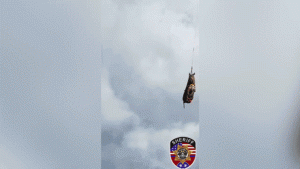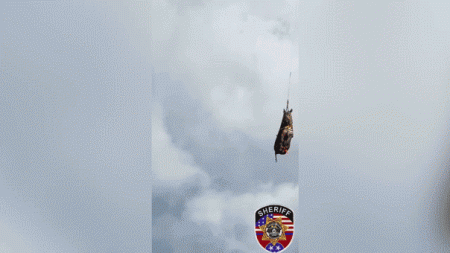The New York Times’ Connections puzzle, launched in June 2023, has quickly gained popularity, becoming the newspaper’s second most played game after Wordle. This intriguing brainteaser challenges players to categorize 16 words into four distinct groups based on their shared associations. The difficulty of each puzzle is determined by a panel of testers and rated on a scale of 1 to 5, with higher scores indicating greater complexity. Connections #571, released on January 2nd, is rated a 2.8, suggesting a moderate challenge. The game’s mechanics involve selecting four words and clicking “submit” to see if they form a valid category. Correctly grouped words disappear from the grid and are displayed in their category color, while incorrect choices remain gray and on the board. Players can use the “shuffle” button to rearrange the words for a fresh perspective. Wyna Liu, the crossword editor responsible for developing Connections, offers a valuable tip: if you identify five potential words for a category, focus on other groups to potentially eliminate some of the extra words, simplifying the process.
The essence of Connections lies in discerning the often subtle relationships between the words. The game utilizes various linguistic techniques, including homophones and wordplay, to enhance the challenge and keep players engaged. For instance, the January 2nd puzzle featured categories related to sight (Yellow), musical rhythm (Green), items grouped in twelves (Blue), and dog-related terms (Purple). The puzzle employs a color-coded difficulty system, with Yellow representing the easiest category, followed by Green, Blue, and finally Purple as the most challenging. This layered difficulty adds another dimension to the game, requiring players to strategically navigate the various categories.
The Yellow category, focused on words related to sight, encompassed “Catch,” “Clock,” “Notice,” and “Register.” While “Clock” might seem out of place initially, the connection lies in the act of “clocking” or observing something visually. The Green category revolved around the concept of musical cadence, including “Beat,” “Meter,” “Rhythm,” and “Time.” These words all relate to the measurement and structure of musical tempo. The Blue category introduced a numerical element, grouping items typically found in sets of twelve: “Donut” (in a dozen), “Inch” (in a foot), “Juror” (on a jury), and “Month” (in a year). Finally, the Purple category, the most challenging, centered on phrases associated with dogs: “Dog Days,” “Dog Paddle,” “Dog Tag,” and “Dog Tired.”
Newsweek’s hints for the January 2nd puzzle offered guidance to players struggling to identify the connections. For the Yellow category, the hint “These words all relate to sight” directly pointed towards the visual theme. The Green category hint, “Things you might track with a metronome,” clearly indicated a musical connection. The Blue category was hinted at with “Objects that are often grouped by a particular number,” prompting players to consider numerical groupings. Finally, the Purple category hint, “These answers relate to an animal often found in people’s homes,” hinted towards a common household pet.
These hints provided valuable clues without revealing the answers outright, allowing players to deduce the connections themselves. This strategic balance between challenge and assistance is key to Connections’ appeal. The game encourages players to think creatively and explore different perspectives, fostering a sense of accomplishment when the connections click into place.
Connections’ daily release schedule further contributes to its popularity. With a new puzzle available at midnight local time, players have a consistent and engaging activity to look forward to. This regular release schedule fosters a sense of community, as players can discuss strategies and share their successes (or frustrations) with each other. The game’s accessibility, combined with its layered complexity and regular updates, makes Connections a compelling and engaging brainteaser for a broad audience.










